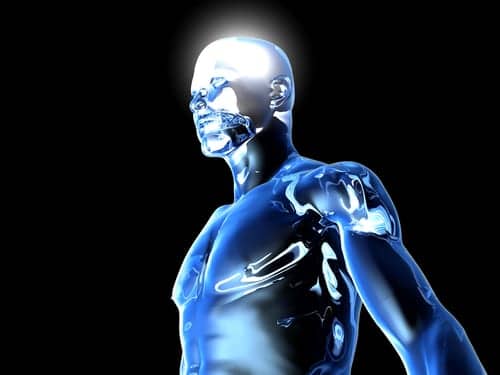
“We found that even whiskers twitch during sleep—and they do so in infant rats long before they move their whiskers in the coordinated fashion known as whisking,” said Mark Blumberg of the University of Iowa. “This discovery opens up new avenues for investigating how we develop critical connections between the sensors in our body and the parts of the brain that interpret and organize sensory information.”
In fact, the baby rats’ whiskers don’t just twitch, they twitch very rapidly and in complex ways. Those twitches during sleep are tied to bursts of activity in the brain, which aren’t often observed when rats are awake.
Other parts of the body twitch spontaneously during sleep, too, including the eyes and the limbs. “Spontaneous motor activity can play many different roles in early development and even throughout life,” Blumberg explains. “It can be a source of brain activity in general as well as a source of highly specific, patterned activity that can help shape specific neural circuits.”
But no one had given much thought to this activity in the case of whiskers, which are as important to rats as eyes are to humans. Each individual whisker maps to discrete regions of the brain that process information from that individual whisker alone. The whisker-specific brain regions form arrangements that map to the physical arrangements of whiskers on the snout.
That precise organization has made the study of whiskers very popular among neuroscientists seeking a basic understanding of the developmental mechanisms linking peripheral sensors and the brain.




